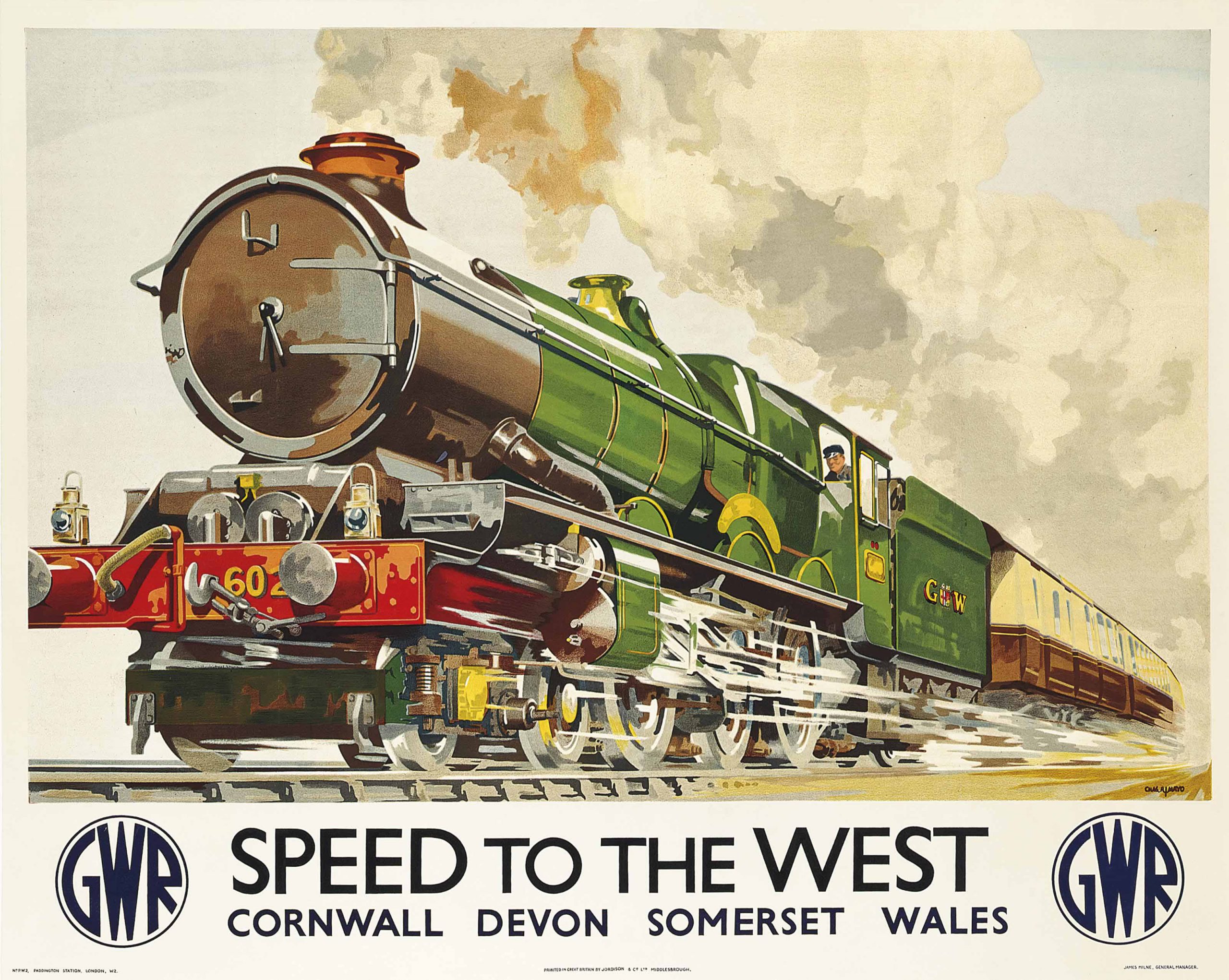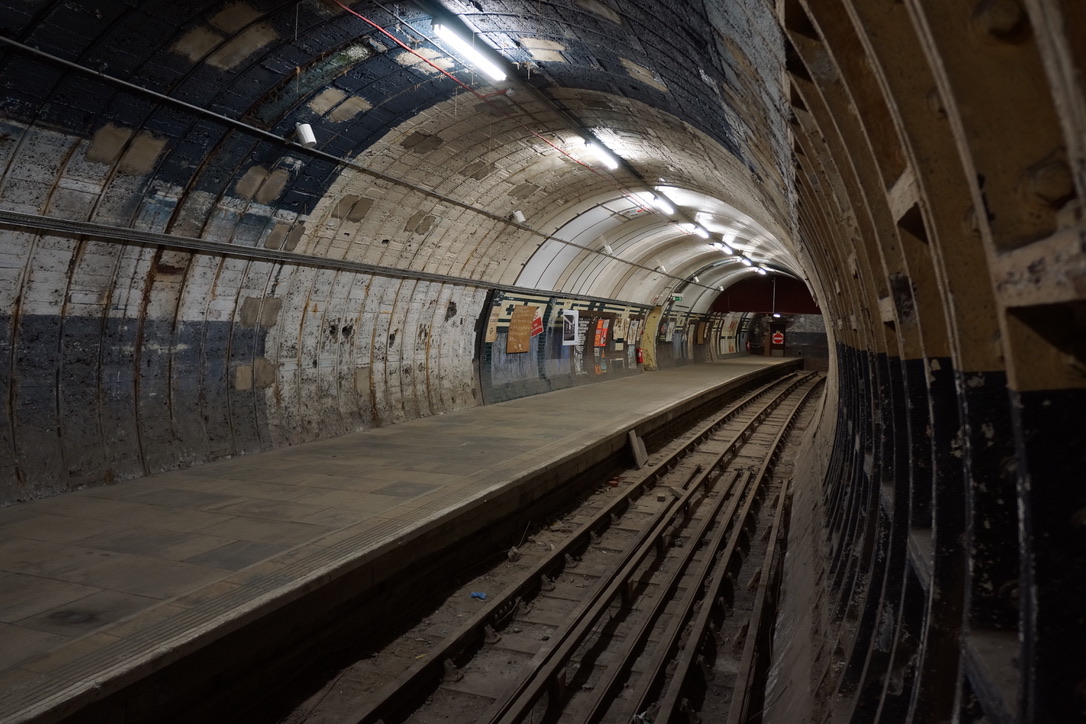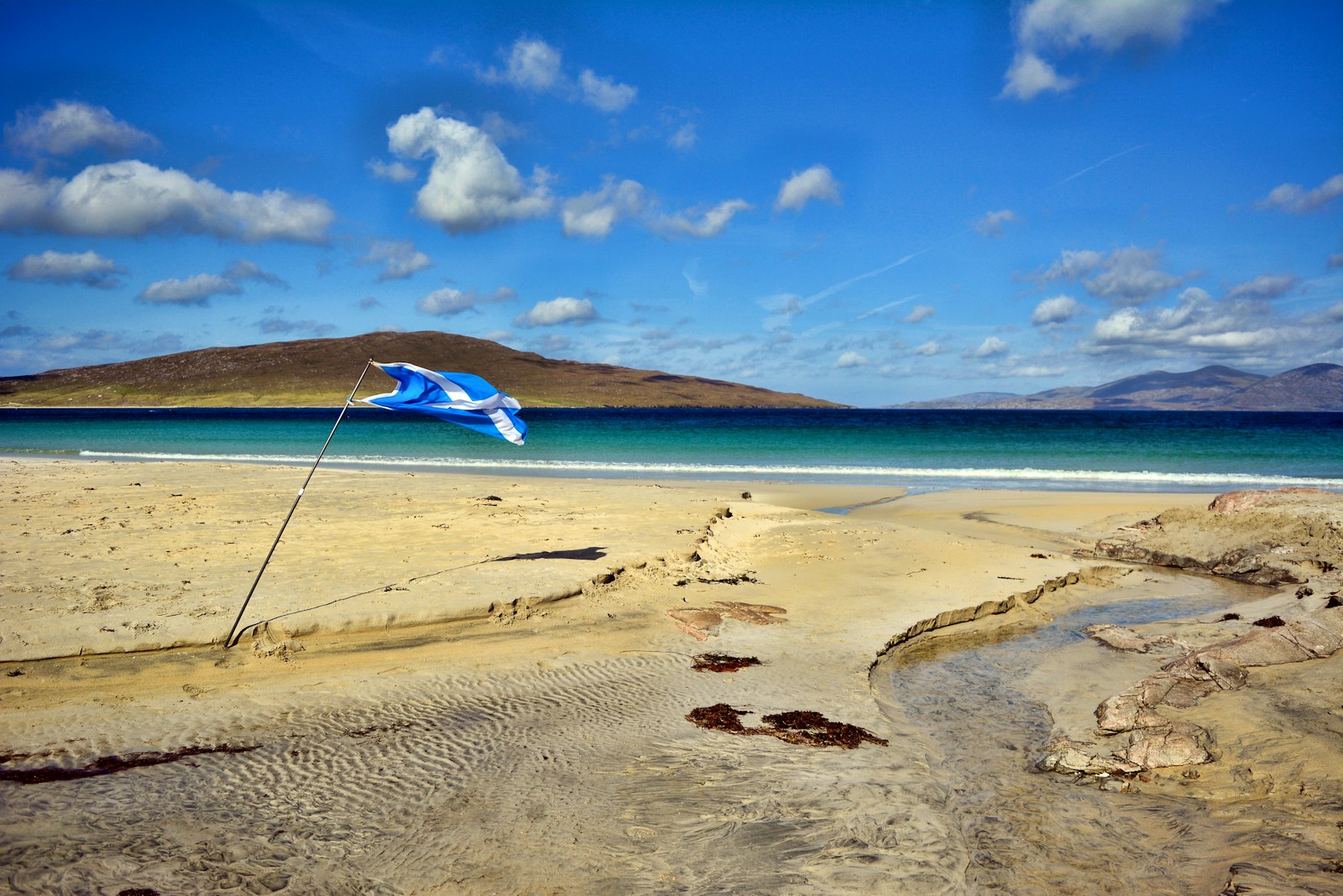Inside Britain’s Most Remote Post Office
When you think of post offices, you might picture bustling counters, queues of people waiting to send parcels, or perhaps a friendly face behind the counter ready to assist with your postal needs. But what if I told you that there’s a post office located in one of the most remote places in Britain, where the nearest town is miles away and the scenery is breathtakingly beautiful? Welcome to the incredible story of the most remote post office in the UK, located in the stunning Scottish Highlands.
A Journey to the Edge of the World
To visit this isolated gem, you embark on a journey that feels like stepping into another world. Nestled in the tiny village of Tarbet on the Isle of Harris, the post office is surrounded by rugged mountains, pristine beaches, and crystal-clear waters. The sense of isolation is palpable, but that’s part of its charm. Locals and adventurous visitors alike find solace in the unspoiled landscape, where nature reigns supreme.
Arriving at the post office, you might not expect much at first glance. The building itself is modest, but inside it’s a bustling hub of activity. Despite being hundreds of miles away from the nearest city, the post office serves as a lifeline for the community. It’s not just a place to send letters; it’s a social hub where locals gather to catch up, share stories, and discuss everything from the weather to local gossip.
A Unique Community Hub
The post office in Tarbet is more than just a postal service; it’s a vital part of the community. With a population of fewer than 300 people, the residents rely on this tiny establishment for much more than mailing letters. Here, you can purchase groceries, local crafts, and even some unique souvenirs. The post office becomes a treasure trove of local culture, showcasing the talents of the islanders.
The postmaster, often a local resident, plays an integral role in the community. They not only manage the postal services but also foster connections among the people. You’re likely to find them mingling with customers, sharing a laugh, and making sure everyone feels welcome. In a world dominated by online shopping and digital communication, this quaint post office stands as a reminder of the importance of community and personal interaction.
An Unexpected Postal Service
You might be wondering how a post office in such a remote location manages to operate. The answer lies in the determination of the local community and the postal service’s commitment to providing essential services. The post office in Tarbet is part of a network of rural post offices that serve some of the most isolated areas in the UK. These offices often operate on reduced hours, but their importance cannot be overstated.
In Tarbet, the post office typically operates a few days a week, offering limited but essential services. Residents know the schedule well, planning their mail runs and grocery shopping around the post office hours. It’s a well-oiled machine that reflects the resilience and adaptability of rural life.
The Importance of Connectivity
In today’s digital age, the concept of connectivity has taken on a whole new meaning. While many people rely heavily on their smartphones and the internet for communication, places like Tarbet remind us of the importance of physical connections. For the residents, the post office serves as a crucial link to the outside world, allowing them to send and receive letters, packages, and important documents.
Moreover, the post office is a lifeline for those living in more remote parts of the island. It enables access to services, information, and supplies that may otherwise be difficult to obtain. Whether it’s a parcel arriving from the mainland or a letter from a loved one, each item is a reminder that, despite the geographical barriers, the world is still within reach.
A Look at Local Life
Visiting the post office is not just about sending mail; it’s an experience that immerses you in the local way of life. The walls are adorned with photographs and memorabilia that tell the story of the island’s rich history. You might stumble upon a notice board filled with announcements, from local events to community gatherings, creating a sense of camaraderie among residents.
The surrounding landscape adds to the allure of this remote post office. Imagine standing outside under a vast, open sky, the sound of waves crashing on the shore in the distance, and the panoramic views of the hills and sea. It’s a place where time seems to stand still, and the stresses of modern life fade away.
The Human Element
One of the most heartwarming aspects of visiting the post office in Tarbet is the human element. You’ll find locals who are eager to share their stories and experiences. Perhaps you’ll meet an elderly gentleman who has lived on the island his whole life, regaling you with tales of its past. Or maybe you’ll encounter a young family who recently moved to the area, excitedly sharing their adventures of exploring the island.
These interactions showcase the warmth and friendliness that define the community. It’s a reminder that amid the isolation, there is a strong sense of belonging and support. In a world that often feels disconnected, places like this post office serve as a beacon of hope and human connection.
Challenges of Remote Living
Life in such a remote location is not without its challenges. The weather can be unpredictable, with harsh winters and storms that may disrupt travel and supply lines. Residents must be resilient and resourceful, often relying on their ingenuity to navigate the difficulties that arise.
For the post office, this means being prepared for potential disruptions. Staff must be adaptable, sometimes working longer hours to accommodate the needs of the community during tough weather conditions. This dedication shines through, reflecting the spirit of the people who call Tarbet home.
The Future of Rural Post Offices
As technology continues to evolve, the future of rural post offices is a topic of discussion. In an age where digital communication dominates, it raises the question: what does the future hold for places like the post office in Tarbet?
Many believe that as long as there are communities that value connection, these rural post offices will remain relevant. They offer more than just a service; they are a vital part of the social fabric that binds people together. Efforts are being made to modernize and adapt these post offices to meet the changing needs of the community while preserving their unique charm.
Conclusion
Visiting the most remote post office in Britain offers a glimpse into a world that feels like a step back in time. It’s a place where community thrives, and connections are cherished. The post office in Tarbet is more than just a building; it’s a symbol of resilience, creativity, and the spirit of the people who call this stunning corner of the Scottish Highlands home.
So, the next time you find yourself in the remote reaches of the UK, take a moment to visit your local post office. You might just discover a treasure trove of stories, friendships, and a sense of belonging that is hard to find in our fast-paced, technology-driven world.



